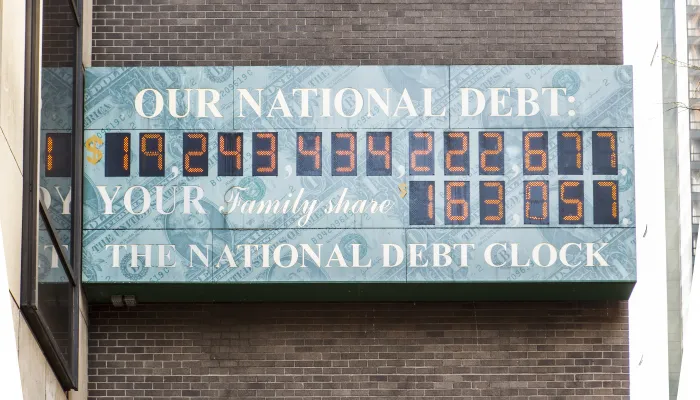MarketWatch: December 6 - December 10, 2010
Markets this week have been dominated by the White House announcement of a fiscal package deal with Republican Congressional leaders that would add over $800 billion in new measures over the next two years – mainly on the tax side – to support the economy.
The announcement of the deal at the beginning of the week improved market sentiment about U.S. growth prospects. After last week’s disappointing unemployment news (an upward move in the unemployment rate from 9.6 percent to 9.8 percent in November), markets had become more cautious (which typically favors bonds). Although a “double dip” scenario still wasn’t considered the most likely outcome, concern over the risk of being stuck in very slow growth without the velocity to escape increased. However, the tax deal sparked a positive shift about the growth outlook by taking away worries of sharp fiscal tightening on January 1st when the Bush tax cuts were set to expire, by adding measures that typically stimulate growth (unemployment insurance is thought to have a high multiplier effect on spending, for example), and by increasing potential savings at the high income end.
Following the announcement of the political tax deal, the shift in sentiment was reflected in the largest sell-off of Treasury bonds in two years and an initial boost to the stock market, as markets turned to a growth play and taking on increased risk – versus the caution and safe haven effects which had been driving the bond market. Interest rates on Treasury bonds jumped (the benchmark 10-year bond rose by over 30 basis points over two trading days, the largest rise since the Lehman Brothers collapse two years ago). The two day slide was partially reversed on Thursday when investors showed considerable interest in the government’s last debt auction (featuring 30-year bonds) for the week.
In the aftermath of the tax cut package announcement, worries related to U.S. sovereign debt management and its outlook also surfaced earlier this week (largely in the form of comments by a Moody’s analyst to the press and comments attributed to Fitch). Some market observers worried that the hike in yields reflected the return of the bond vigilantes (with a focus on debt implications down the road, if our debt ends up being over $800 billion higher in two years, as estimated). However, the more likely front seat driver of this week’s trends – at least initially – was improved growth sentiments. But, going forward, once (and if) the economy assumes a more stable upward path, focus will likely turn from how budget deficits help support the economy to how massive debt hurts growth. In fact, experience shows that the turn in focus can happen very quickly, so it may be prudent for our political leaders to soon start signaling their intentions for getting our fiscal house in order down the road. The signals now coming out of Washington (and, indeed throughout the country) are very mixed – and confusing.
Other recent market drivers have taken a back seat this week. Although not on front and center, the Fed is a constant presence in the Treasury instrument marketplace and its stepped up purchases of Treasury assets to support the economy (the so-called “QE2 or second round of “quantitative easing”) have continued. However, it has been difficult to sort out the impact of the Fed’s actions because strong pressures are coming from so many other directions. Also, safe haven effects from the spillover of the Irish fiscal crisis – which had been driving safe haven interest in US Treasury bonds and the dollar – have subsided (at least for the time being) as the EU, International Monetary Fund, and Ireland appear to have finally gotten down to business.


